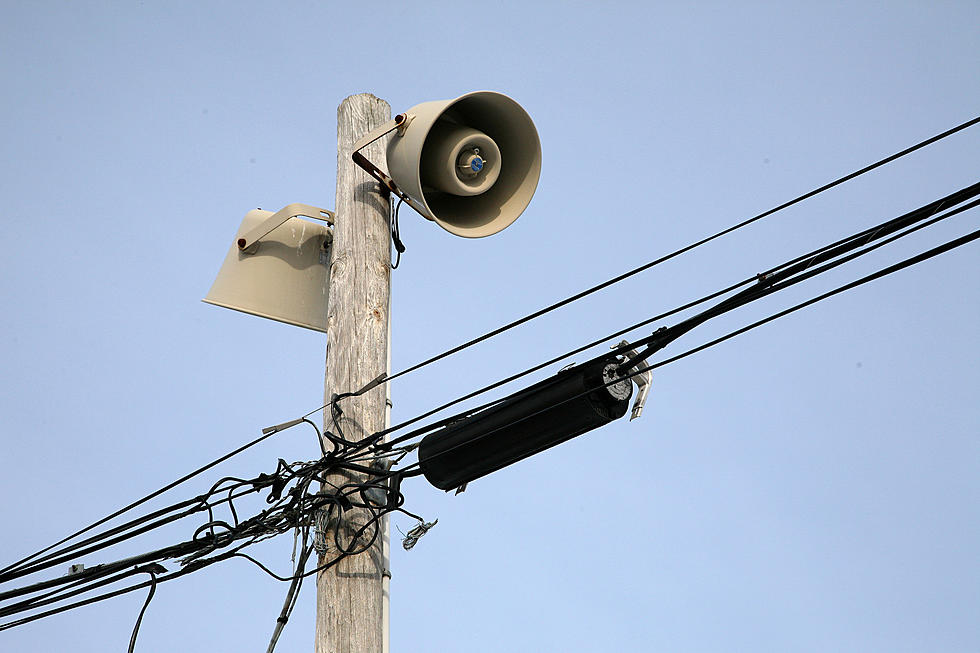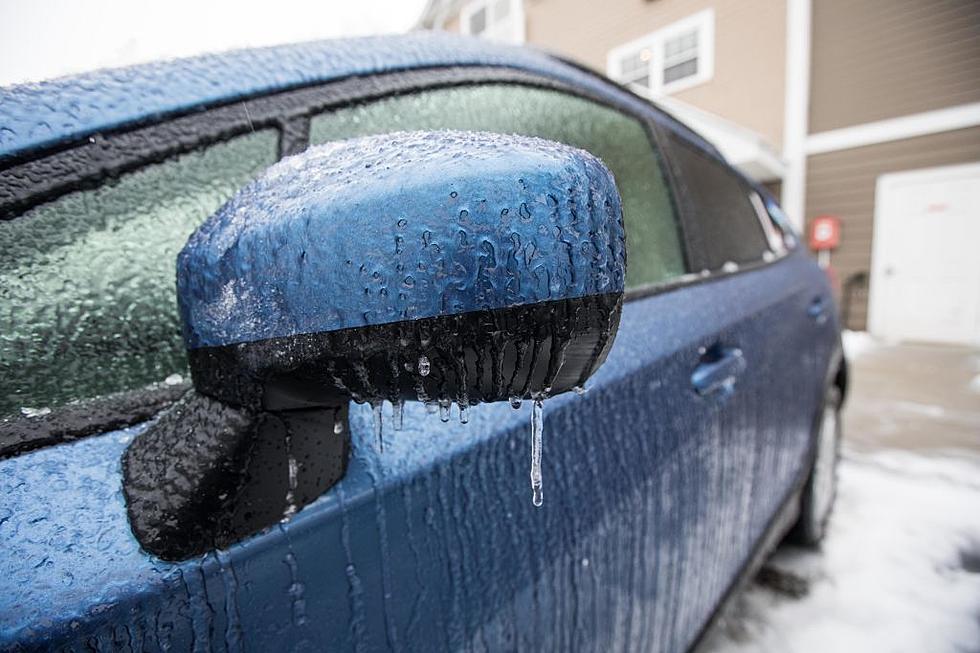
Minnesota and Wisconsin Practice Safety With Tornado Awareness Drills This Thursday
Even though I am sharing this information with you, I KNOW that when I hear the sirens blow to signify the start of the drill/test this Thursday, I will wonder (usually out loud to myself), "what are those going off for now?" You should know it's just a test, here is the schedule.
For more than 25 years, the state of Minnesota and Duluth have conducted the Severe Weather Awareness Week in partnership with the National Weather Service. It was put into place to teach and remind citizens about weather hazards and provides a simulation so we can practice.
This week's drill will be conducted in both MN and WI. The TORNADO WATCH drill will last for an hour and start at 1:00 pm this Thursday, April 16. This would simulate that the National Weather Service in both MN and WI have issued a tornado watch. A TORNADO WATCH means that conditions are favorable for the potential development of tornadoes
Then at 1:45 pm, a test TORNADO WARNING will be issued, again for both Minnesota and Wisconsin. Civil alert sirens will go sound and emergency broadcast messages on radio and television will be broadcast at this time. REMEMBER, THIS WILL JUST BE A TEST! You may also see an alert message on your mobile phone. This test will end at 2:00 pm.
Minnesotans should note that at 6:55 pm Thursday, April 16, another test TORNADO WARNING will be issued for Minnesota ONLY. The same procedures as the the 1:45 pm test will be followed. The evening test will end at 7:10 pm.
WHAT'S THE DIFFERENCE?
A TORNADO WATCH means that conditions are favorable for the potential development of tornadoes.
A TORNADO WARNING means that tornado activity has either been indicated by radar or spotted by a trained spotter. When a warning is issued for your area, it is important to take action immediately.
TAKE ACTION:
At home...
- Move to a sturdy building. Shelters are more safe than mobile homes.
- Stay away from windows. Do not try to open or close windows.
- Stay away from outside doors and garages.
- Move to a basement and get under something sturdy.
- If you have no basement, move to the lowest level and get in an interior room, like a bathroom or closet.
- Put as many walls between you and the storm as possible.
At work...
- Move to a basement or interior hallway on the lowest level.
- Leave large span rooms.
At school...
- Leave classrooms that have windows or that are on the exterior of the building.
- Leave large span rooms, like gymnasium or auditoriums.
- Seek shelter in interior rooms and get under desks or sturdy objects.
- Be careful in hallways that may act as wind tunnels and funnel debris.
- Move students off buses and back into the school.
- Do not let students board buses during a Tornado Warning.
When traveling...
- Do not try and outrun a tornado.
- If the tornado is some distance away, drive away from it.
- If the tornado is relatively close, leave your vehicle for a sturdy building.
- If no shelter is available, seek refuge in a ditch or culvert. Crouch down and protect your head.
If outdoors...
- Find a shelter if possible.
- If boating or fishing, move to shore.
- If no shelter is available, seek refuge in a low spot. Crouch down and protect your head.
Info via: Duluth National Weather Service
More From B105









